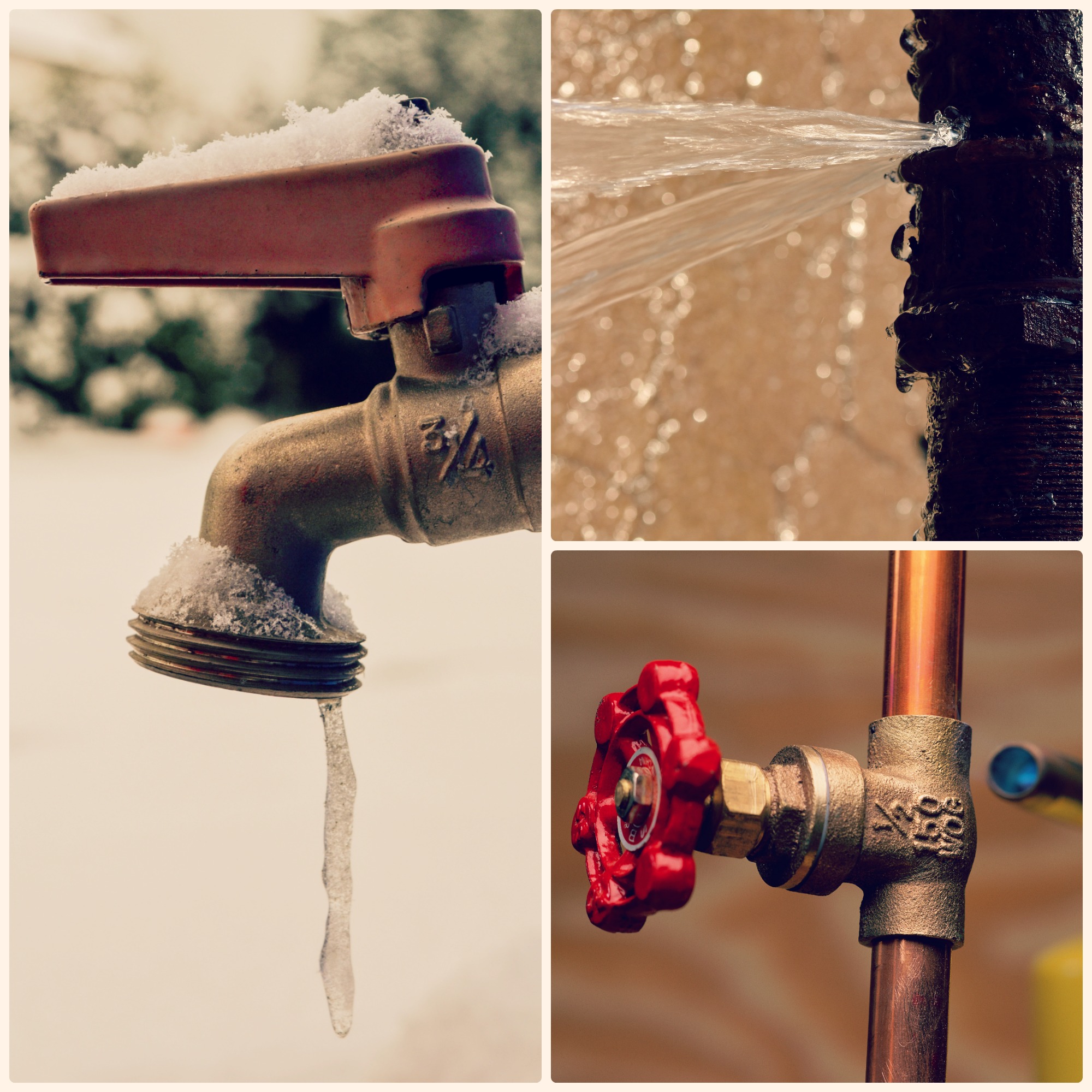
Introduction:
As winter approaches, it’s crucial to prepare your home for the colder temperatures, and one often overlooked aspect is winterizing exterior faucets. Neglecting this task can lead to frozen pipes and costly repairs. In this guide, we’ll explore the importance of winterizing exterior faucets and provide a step-by-step DIY approach to protect your plumbing from the harsh winter conditions.
Understanding the Risks:
Exterior faucets are susceptible to freezing during winter, especially if they are not properly winterized. When water freezes in the pipes, it expands, creating pressure that can lead to pipe bursts. By understanding the risks, you can take proactive steps to prevent potential damage.
Locate the Shut-Off Valve:
The first step in winterizing exterior faucets is to locate the shut-off valve that controls the water supply to the outdoor spigots. This valve is typically found inside the house, often in the basement or crawl space. Once located, turn the valve to shut off the water supply to the exterior faucets.
Drain the Water:
After shutting off the water supply, it’s essential to drain any remaining water from the exterior faucets. Begin by opening the outdoor spigot and letting any water trapped in the pipes flow out. Additionally, open the bleeder cap on the shut-off valve to allow air into the pipes, facilitating proper drainage.
Use an Insulating Faucet Cover:
Insulating faucet covers are an effective way to protect exterior faucets from freezing temperatures. These covers are made of foam or other insulating materials and fit securely over the spigots. Install the covers snugly, ensuring they encase the faucet and extend down to cover the connecting pipes.
Disconnect Garden Hoses:
Leaving garden hoses attached to exterior faucets during winter is a common mistake that can lead to frozen pipes. Disconnect all garden hoses and store them indoors. Ensure that no water is trapped in the hose or the faucet itself, as even small amounts of residual water can freeze and cause damage.
Install Freeze-Proof Faucets:
Consider upgrading to freeze-proof faucets for added protection. These faucets are designed with a built-in mechanism that prevents water from remaining in the exposed portion of the pipe, reducing the risk of freezing. Freeze-proof faucets are a valuable investment for long-term winterization.
Apply Heat Tape or Cable:
In extremely cold climates, where temperatures can plummet significantly, consider using heat tape or cable on the exterior pipes. These heating elements wrap around the pipes and provide a constant low level of heat, preventing freezing. Ensure proper installation and follow manufacturer guidelines for optimal effectiveness.
Seal Exterior Gaps and Cracks:
Inspect the exterior of your home for any gaps or cracks that could allow cold air to reach the pipes. Use caulk or insulation to seal these openings, especially in areas near exterior faucets. Proper insulation helps maintain a warmer environment around the pipes, reducing the risk of freezing.
Regularly Monitor Weather Conditions:
Stay vigilant about weather forecasts during the winter months. When temperatures are expected to drop significantly, take extra precautions, such as adding additional insulation or applying heat tape. Being proactive based on weather forecasts can help you adjust your winterization efforts accordingly.
Plan for Spring Reopening:
As winter comes to an end, plan for the reopening of exterior faucets in the spring. Reopen the shut-off valve gradually, allowing water to flow back into the pipes. Check for any leaks or issues and address them promptly. Reconnect garden hoses and remove insulating covers to prepare for warmer weather.
Conclusion – Protecting Your Plumbing:
Winterizing exterior faucets is a vital step in safeguarding your plumbing from the potential damage caused by freezing temperatures. By following this DIY guide, you can take proactive measures to ensure that your exterior faucets withstand the winter months unscathed, saving you from potential headaches and costly repairs.
For a detailed tutorial on winterizing exterior faucets yourself, visit Winterize Exterior Faucets DIY.










